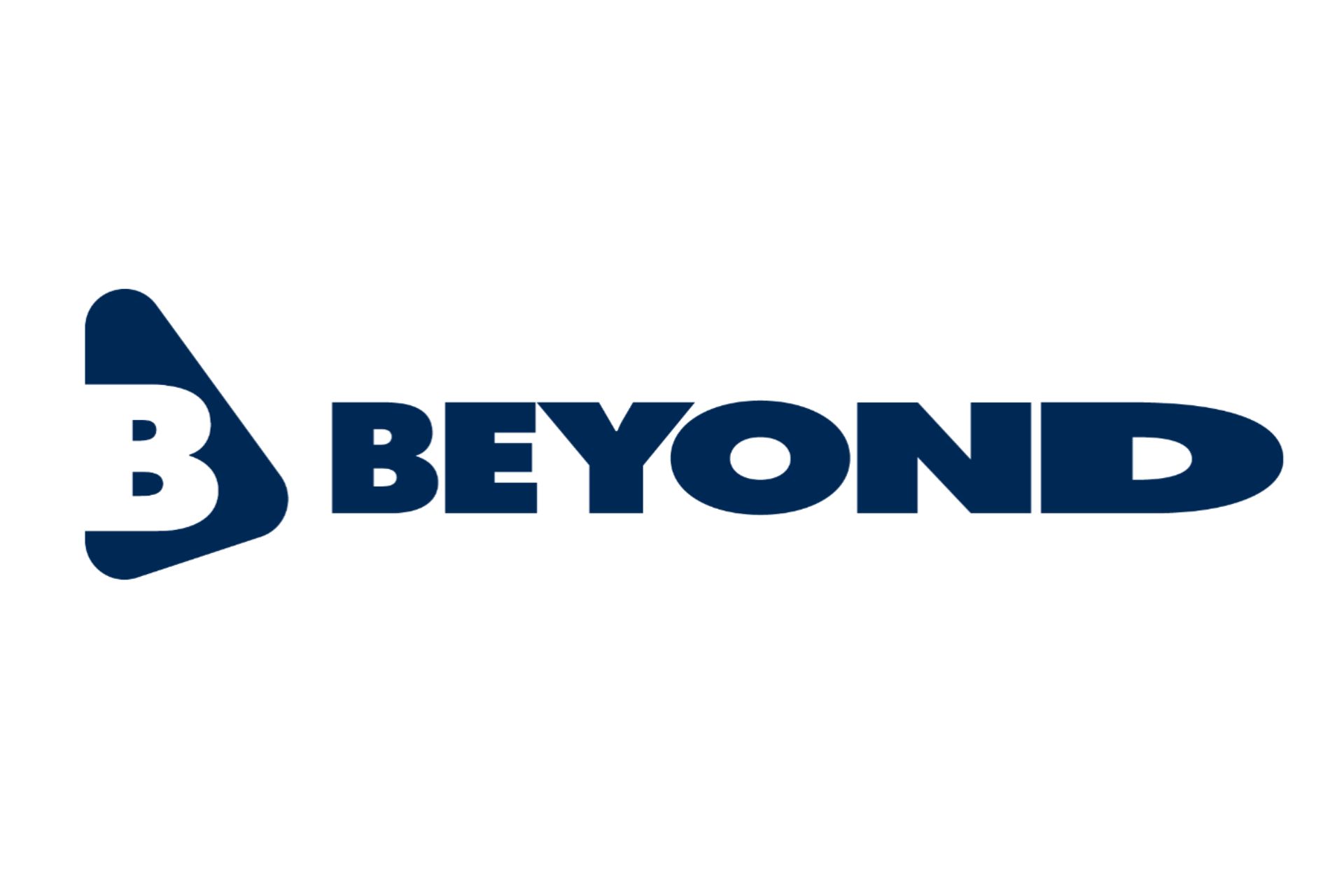Overstock, soon to rename itself Beyond, beat an analyst estimate in its third quarter regarding losses but came up shy of a forecast on revenues. However, in a conference call, CEO Jonathan Johnson, said the Overstock name isn’t going away forever and will be revived as part of a portfolio of brands the company envisions as it advances its home-centric Bed Bath & Beyond operation.
Company net loss in the quarter was $63 million, or $1.39 per diluted share, versus a net loss of $37 million, or 81 cents per diluted share, in the year-earlier period. Adjusted for one-time events, company net loss was $27.5 million, or 61 cents per diluted share, versus net revenue of $5.9 million, or 13 cents per diluted share, in the year-prior period, the company stated.
An analyst consensus estimate published by Yahoo Finance called for loss per adjusted diluted share to come in at 72 cents on revenues of $397.2 million.
Net revenues were $373.3 million versus $460.3 million in the year-previous quarter, the company reported. Operating loss was $40.9 million versus operating income of $5.7 million.
In the conference call, Johnson said plans for the company not only include the shift to the Beyond brand identity and consolidation of the home business under the Bed Bath & Beyond banner but also a relaunch of Overstock.com in its original form as an online clearance platform.
“Earlier this week, we announced our new corporate name, Beyond,” Johnson said. “This corporate identity builds on the value of our iconic consumer brand. It also recognizes our ability to transform into more than just a single-brand e-commerce retailer. Our goal is, over time, to transform the company into a house of brands, providing a mix of products and services across categories. Think of this as a bigger, better, bolder Beyond. Today, we provide a broad selection of on-trend furniture and home furnishings products through a single e-commerce website, Bed Bath and Beyond. In due time, we plan to reimagine the Overstock brand with a stand-alone website that offers what the brand originally was: a site selling a broad array of clearance products at remarkable prices. We plan to begin initial work on the cross-category Overstock branded liquidation-only website with the goal to launch it by the end of 2024.”
Johnson pointed out Overstock is reviewing opportunities to acquire new operations that can fit into its envisioned brand portfolio. He also noted that the company, while pleased with the progress of its relaunch of Bed Bath & Beyond in the U.S. and Canada, was disappointed with its overall revenue numbers. The company’s plans call for initiatives that should help boost sales, Johnson added. A major Bed Bath & Beyond brand-building campaign is set to begin in November as the company looks forward to the holiday sales season.
Profitability will continue to be a priority to the company, Johnson said, adding the company is now focused on investing in its transition process and growing the customer file.
Johnson indicated that the company intends to look into selling the components of its blockchain operations, Medici, as soon as possible and to a significant return on investment in the future.
In announcing the financial results, Johnson said, “Over the last three months, we have accelerated efforts to build a company with a bigger, brighter, and bolder future. On June 28, we acquired the Bed Bath & Beyond brand and intellectual property, a brand ranked in the top five most recognized home brands in the U.S. Within hours of closing the deal, we revived the brand in Canada, and in just thirty-three days we relaunched the brand in the U.S. under our asset-light operational model.”
Johnson maintained it’s important to understand the deal and how Overstock plans to monetize it going forward.
“Just a few years ago, when we first looked at acquiring the Bed Bath & Beyond business, it cost close to $2 billion,” he said. We chose to watch from the sidelines with our eye on four key assets we hoped to acquire when the opportunity presented itself: the number five most recognizable brand in the home space. In that same ranking, Overstock was number 25.”
He added that the key assets also included “100 million-plus customer file, vendor relationships with some of the biggest home category brands in the world, and valuable intellectual property. We were thrilled when that opportunity arose, and we took it.”
The deal gives Overstock additional opportunity, Johnson said.
“To provide some clarity on the economics of the deal, we break down this opportunity into two numbers totaling approximately $175 million: Approximately $25 million we paid to the bankruptcy estate for the brand and related IP and in acquisition-related fees, and approximately $150 million of additional investment to launch the brand, reignite the customer file and expand and create new categories while working to maintain our company’s core customers,” Johnson said. “We are in the early stages of capitalizing on our recent acquisition. Since launching the new Bed Bath & Beyond in the U.S. on August 1, we have been successful in acquiring new customers and reactivating past customers. Total active customers grew sequentially after over two years. As I’ve said from the onset, growing the customer file is our primary measure of success. Orders have returned to positive year-over-year growth for the first time in over two years. This acquisition has positioned us for growth over the long term.”





